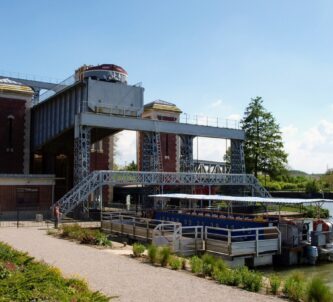Italy’s Minister of Culture, Dario Franceschini, has announced the winner of a technical tender to design and build a new stage floor for the 2,000 year old Colosseum.
The original wooden arena floor covered an underground network of rooms and corridors, which housed the waiting animals, gladiators and performers. This level was exposed in the late 1800s when archaeologists began to excavate the subterranean levels of the structure, and it was opened to the public in 2010.
The idea that the arena floor should be replaced was first put forward in 2014, but it has taken a few years to determine the conservational, archaeological, and theatrical/experiential parameters for the project, and it was only put out to tender at the end of last year.
As the minister says, it is: “an ambitious project that will help the conservation and protection of the archaeological structures by recovering the original image of the Colosseum and also restoring its nature as a complex stage machine.”
How will it do that?
Well, the winning company, Milan Ingegneria, is one of Italy’s most prestigious architectural engineering companies (Take a look at their portfolio!) and they’ve come up with a dynamic floor of wooden slats in sustainably sourced Accoya wood.
Some portions of the floor will be built with mobile panels which will slide and rotate enabling the underground structures to be viewed and lit in natural light. And the whole floor simply rests on the existing underground structure so that it can be easily removed at a future date, if so desired.
Meanwhile, 24 mechanical ventilation units distributed along the perimeter will control the temperature and humidity of the underground rooms, replacing the entire volume of air in the basement in just 30 minutes, protecting the underlying structures from atmospheric agents. Also, a rainwater collection and recovery system will reducing the water load on the arena and feed the public toilets at the monument. Neat eh?
Now it has been given the go-ahead, work on the €18.5m (£16m) project is expected to start soon and, hopefully, be completed in 2023.







